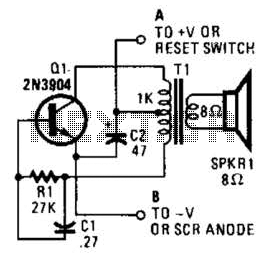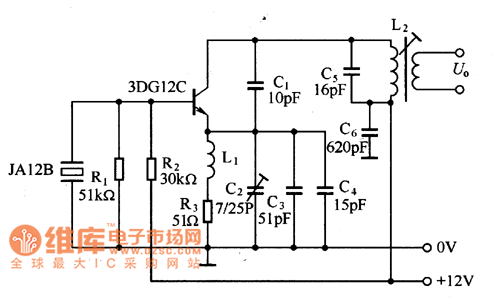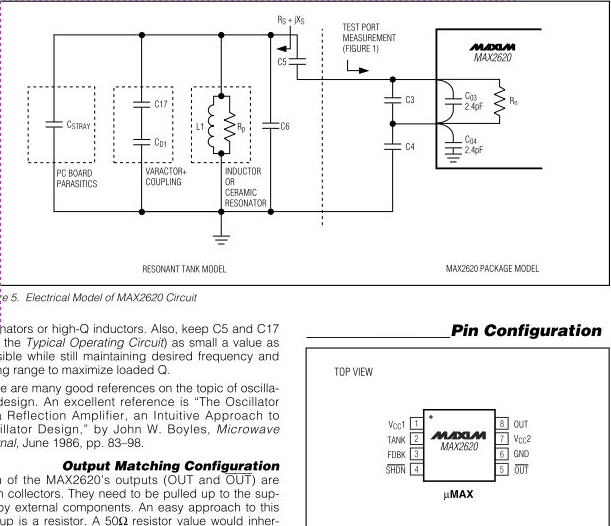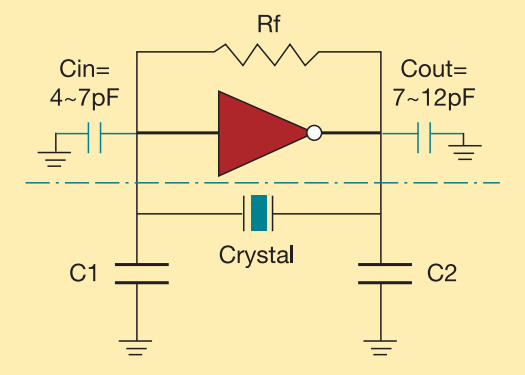
Wien-Bridge-Based Oscillator With Very Low Distortion

This complex oscillator circuit utilizes a photocell and a common-mode suppression circuit to achieve a distortion level of 0.0003%. It replaces the lamp in the traditional Wien bridge with an electronic equivalent.
The oscillator circuit described is a sophisticated design that enhances the performance of the traditional Wien bridge oscillator by employing modern electronic components. The use of a photocell allows for light-dependent modulation of the circuit's output, which contributes to its stability and accuracy. The common-mode suppression circuit plays a crucial role in minimizing noise and interference, ensuring that the output signal remains clean and precise.
In this configuration, the traditional lamp, which is typically used in Wien bridge oscillators to provide feedback and stabilize the amplitude of oscillation, has been replaced with an electronic component. This substitution not only improves reliability by eliminating mechanical wear associated with lamps but also increases the overall efficiency of the oscillator. The electronic equivalent can be finely tuned to optimize performance, leading to a significant reduction in distortion levels to as low as 0.0003%.
The oscillator operates by generating a sine wave output, which is essential in various applications such as signal processing, audio synthesis, and telecommunications. The photocell's responsiveness to ambient light levels allows for dynamic adjustments in the oscillator's frequency and amplitude, making it suitable for environments where conditions may change.
Overall, this advanced oscillator circuit represents a significant evolution in oscillator technology, combining innovative components and design techniques to achieve superior performance metrics. This complex oscillator circuit uses a photocell and common-mode-suppression circuitr y to achieve distortion of 0.0003%. This oscillator circuit replaces the lamp in the traditional Wien bridge with an electronic equivalent.
The oscillator circuit described is a sophisticated design that enhances the performance of the traditional Wien bridge oscillator by employing modern electronic components. The use of a photocell allows for light-dependent modulation of the circuit's output, which contributes to its stability and accuracy. The common-mode suppression circuit plays a crucial role in minimizing noise and interference, ensuring that the output signal remains clean and precise.
In this configuration, the traditional lamp, which is typically used in Wien bridge oscillators to provide feedback and stabilize the amplitude of oscillation, has been replaced with an electronic component. This substitution not only improves reliability by eliminating mechanical wear associated with lamps but also increases the overall efficiency of the oscillator. The electronic equivalent can be finely tuned to optimize performance, leading to a significant reduction in distortion levels to as low as 0.0003%.
The oscillator operates by generating a sine wave output, which is essential in various applications such as signal processing, audio synthesis, and telecommunications. The photocell's responsiveness to ambient light levels allows for dynamic adjustments in the oscillator's frequency and amplitude, making it suitable for environments where conditions may change.
Overall, this advanced oscillator circuit represents a significant evolution in oscillator technology, combining innovative components and design techniques to achieve superior performance metrics. This complex oscillator circuit uses a photocell and common-mode-suppression circuitr y to achieve distortion of 0.0003%. This oscillator circuit replaces the lamp in the traditional Wien bridge with an electronic equivalent.





